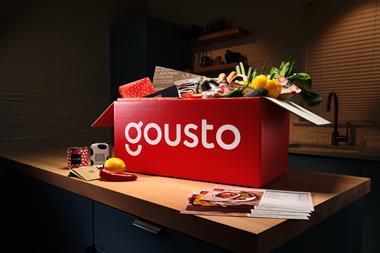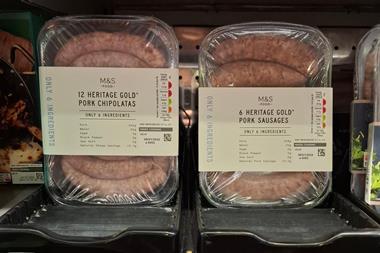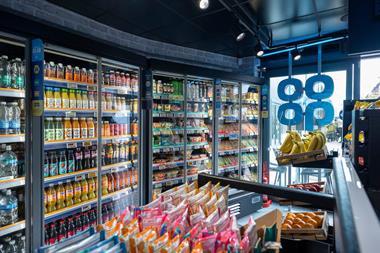Consumers will juggle the many different types of shopping channel predicts Martin Hayward
The wringing of hands, the frantic forecasting, the corporate gloom and the internet mania must stop. The debate about the impact of e-shopping replayed in countless boardrooms is too simplistic.
Let's get a couple of things straight. Who will tomorrow's e-shoppers be? This one's simple nearly everybody in the country. Will they then stop going to the shops? This one's easy as well of course they won't. The debate therefore is not either/or, will they/won't they, but one of degrees.
Nobody is going to be a 100% e-shopper. Have you ever wondered why so many pensioners shop on Saturday mornings? Shopping is a social activity, it's a chance to interact with the world. It has been possible for years to order most goods from home via catalogues. The internet represents an extension of this functionality, not a completely new paradigm.
The debate needs to be more focused on understanding the complex shopping behaviours of today's consumers and identifying how they will juggle the multiple channels soon available to purchase goods and services.
The Henley Centre believes most consumers will use most channels and gradually develop their own portfolio of behaviours to best fit their needs. Consumer behaviour is increasingly modal they want different solutions at different times depending upon their circumstances.
Consider the books market. Online booksellers are fantastic at quickly fulfiling a desire for a known item. However, at the same time that these new services are rapidly growing, the largest bookstore in Europe has just opened in Piccadilly, complete with juice bars and restaurants. Our research shows 47% of UK adults think of shopping for books as quality time. This is a good demonstration of the need to think of channels as a portfolio of choices that consumers can call upon to suit their needs, rather than as an either/or debate.
As the penetration of newer interactive channels increases, we can begin to plan on the basis that most consumers will have access to most channels. The internet will soon be the electricity of the third millennium, fantastically useful, everywhere but taken for granted. It will be in the car, on the street, in the home, at work just about anywhere given the capabilities of next generation mobile phones. The issue then becomes not one of who has access, but who will use it to buy which goods in which situations.
Depending on the goods required, the amount of time available, the importance of price, the need to touch, the speed and practicality of delivery, the options for return and the degree to which they enjoy shopping for those items, consumers will select the appropriate channel. They may use a complex combination of channels.
For several years one to one' marketing has been the preferred solution to increasingly demanding consumers. The approach encourages the development of unique offers for each individual customer. We prefer to encourage many to many' marketing to better reflect the fact that this same consumer wants to access different products and services at different times in different ways depending upon their mood and mode.
There is no single model of consumer behaviour for the future and suppliers that present a flexible portfolio of channels to consumers will be able to enjoy multiple transactions with each of that consumer's modes. n
Martin Hayward is director of consumer consultancy at the Henley Centre.
{{MANAGEMENT FEATURE }}
Close menu
- Home
- Retail & Wholesale
-
Products & Suppliers
- Back to parent navigation item
- Products & Suppliers
-
Product Categories:
- Back to parent navigation item
- Product Categories:
- Alcoholic drinks
- Bakery
- Cereals & breakfast
- Cheese
- Chicken & poultry
- Chocolate
- Confectionery
- Crisps, nuts & snacks
- Dairy
- Fish
- Fresh produce
- Frozen
- Household
- Meat
- Own Label
- Sauces & condiments
- Seasonal
- Soft drinks
- Vaping
- Vegan & plant-based
- World foods
- Suppliers
- People
- Reports & Data
-
Topics A-Z
- Back to parent navigation item
- Topics A-Z
-
Popular topics:
- Back to parent navigation item
- Popular topics:
- Cost of living crisis
- Crime
- Deposit Return Schemes
- Finance
- Government & Regulation
- Health
- Inflation
- Loyalty
- Marketing
- Mergers & Acquisitions
- New Product Development
- Sourcing
- Supply chain
- Sustainability & environment
- Technology
- Ultra Processed Foods
- Vaping
- A-Z all topics
- Content by type:
- Events
- Ask iA (beta)
- Subscribe now
Sign in to comment on this article
Not logged in before? Register for FREE guest access today.
You will be able to:
- Read more stories
- Receive daily newsletters
- Comment on stories
Advert













No comments yet